-
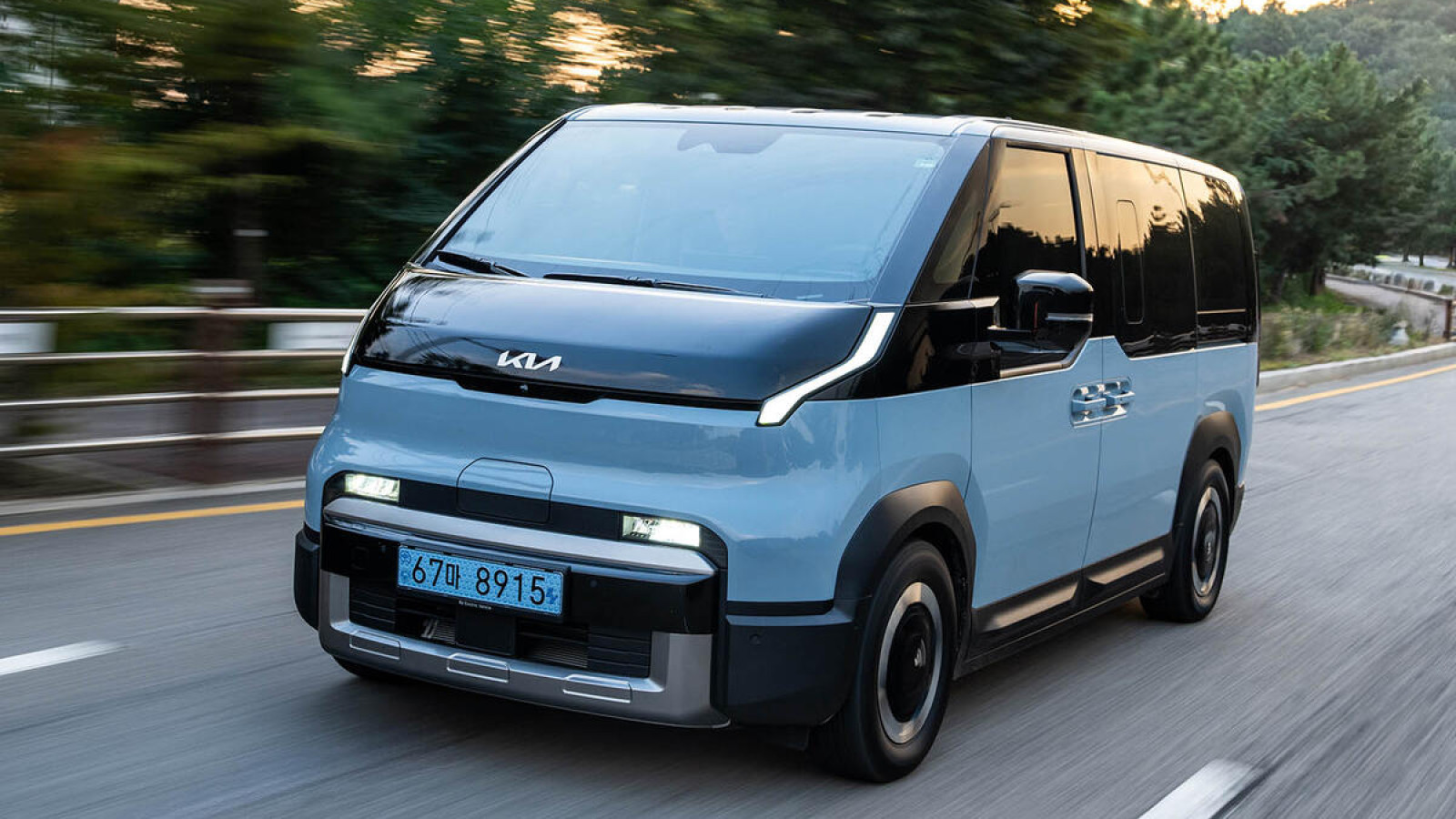 © Kia
© Kia -
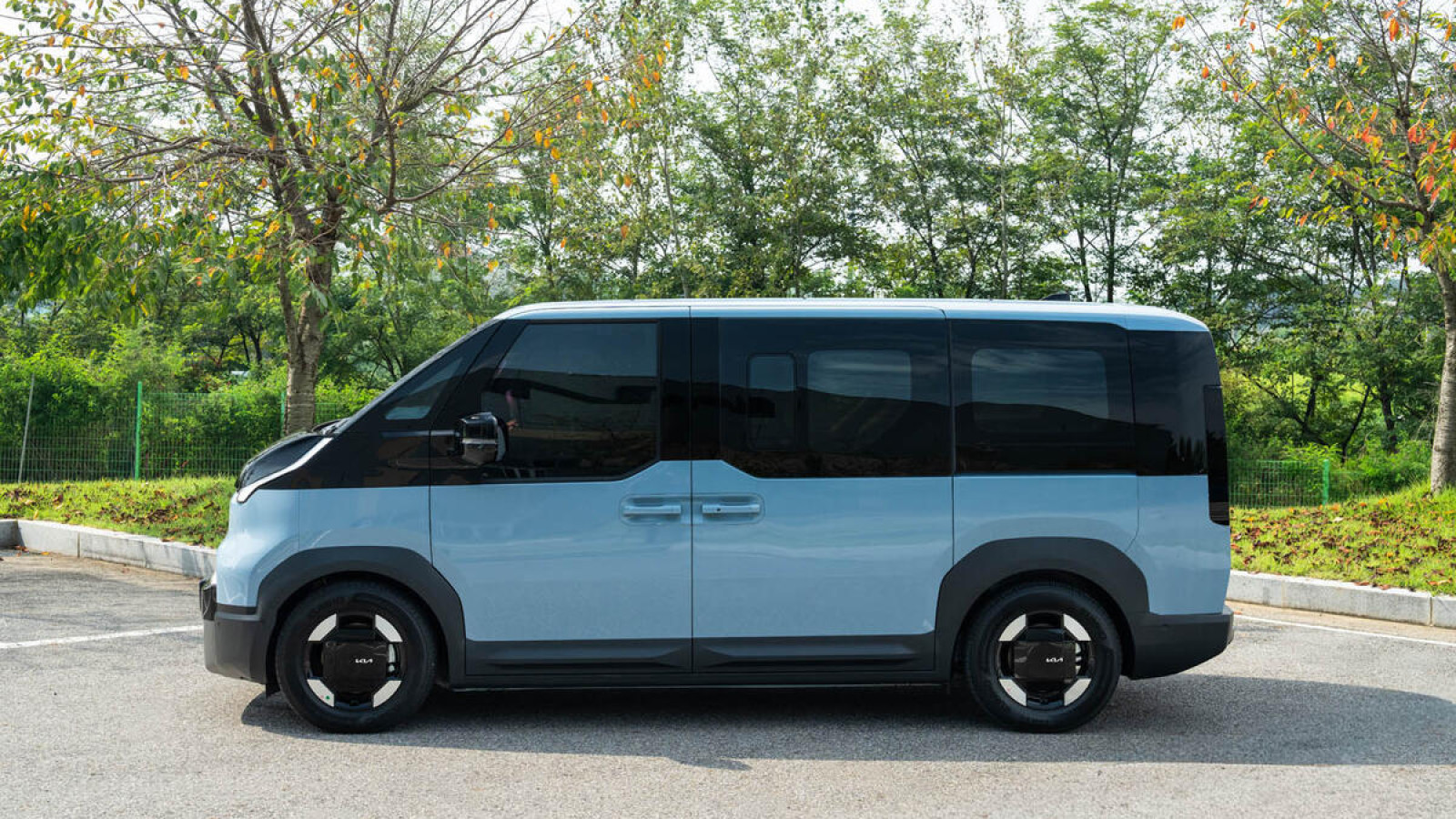 © Kia
© Kia -
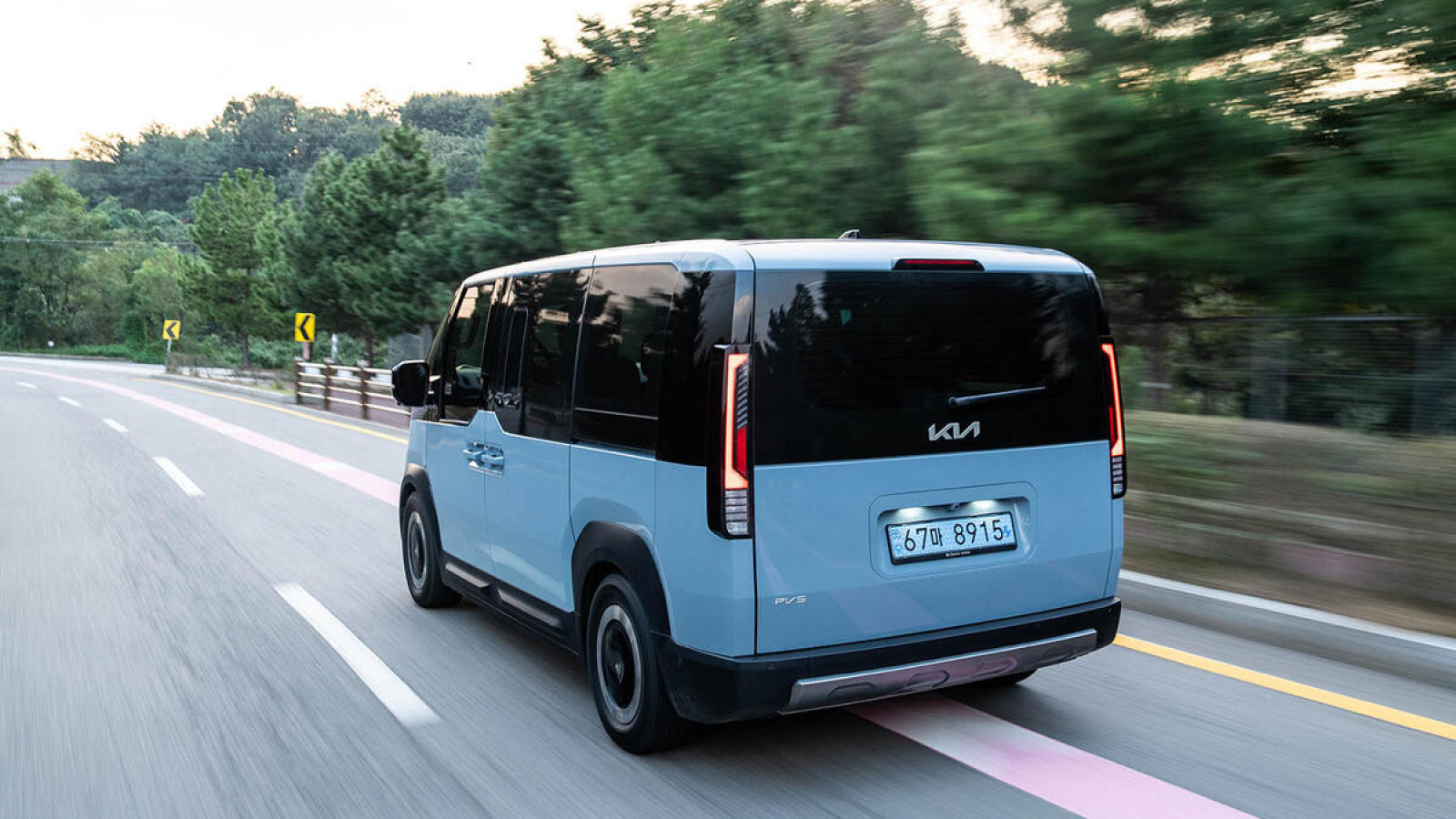 © Kia
© Kia -
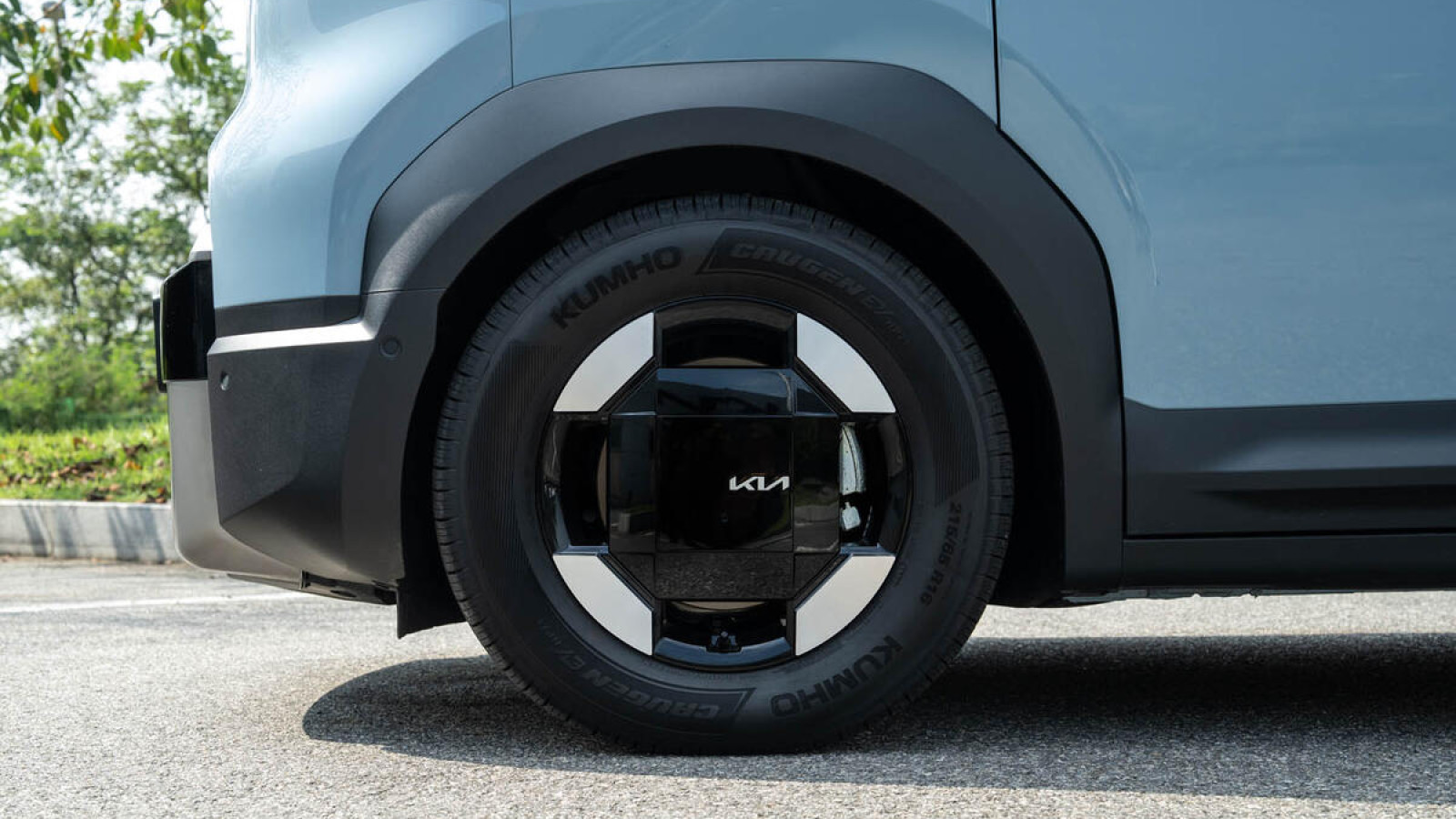 © Kia
© Kia -
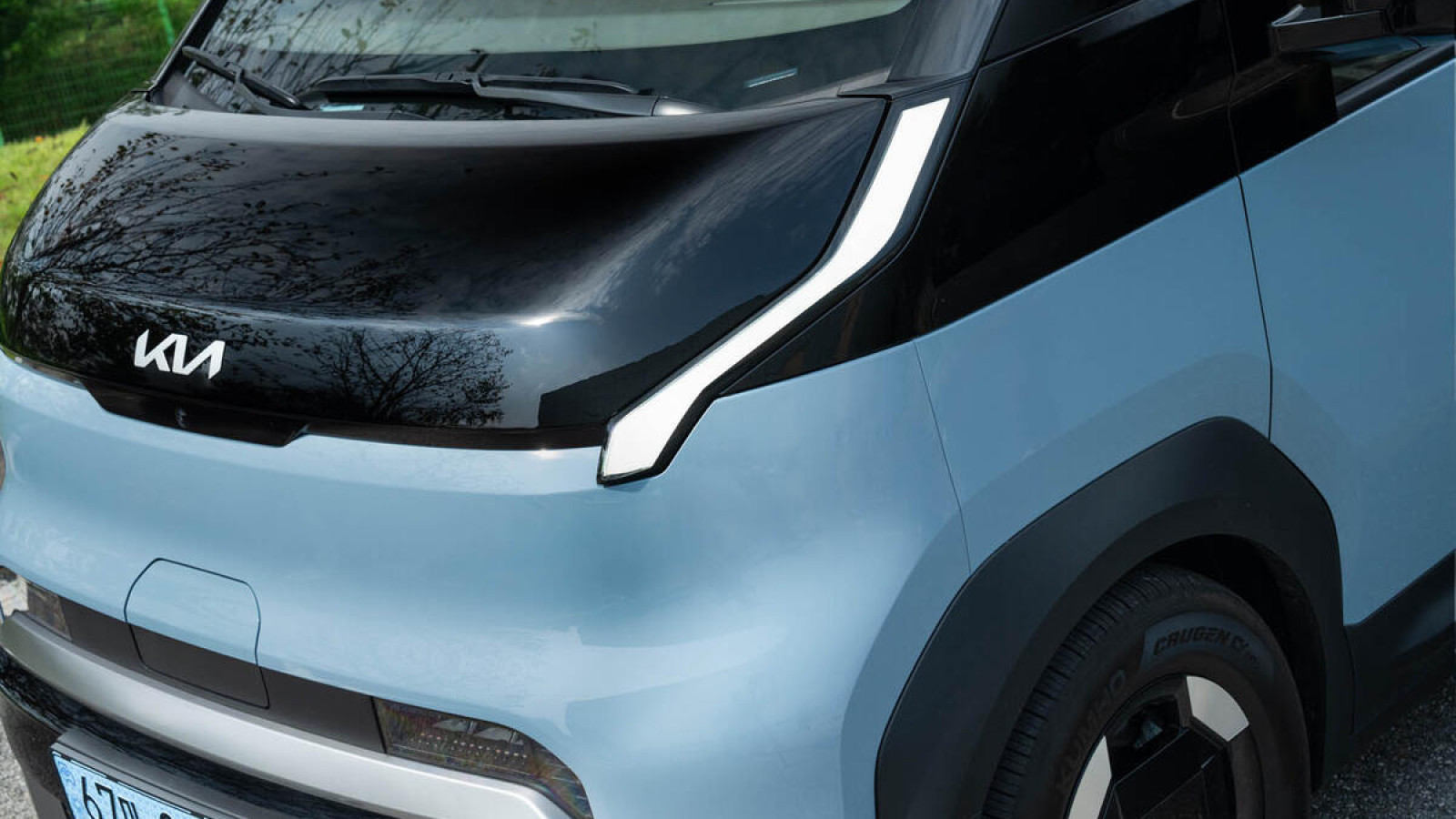 © Kia
© Kia -
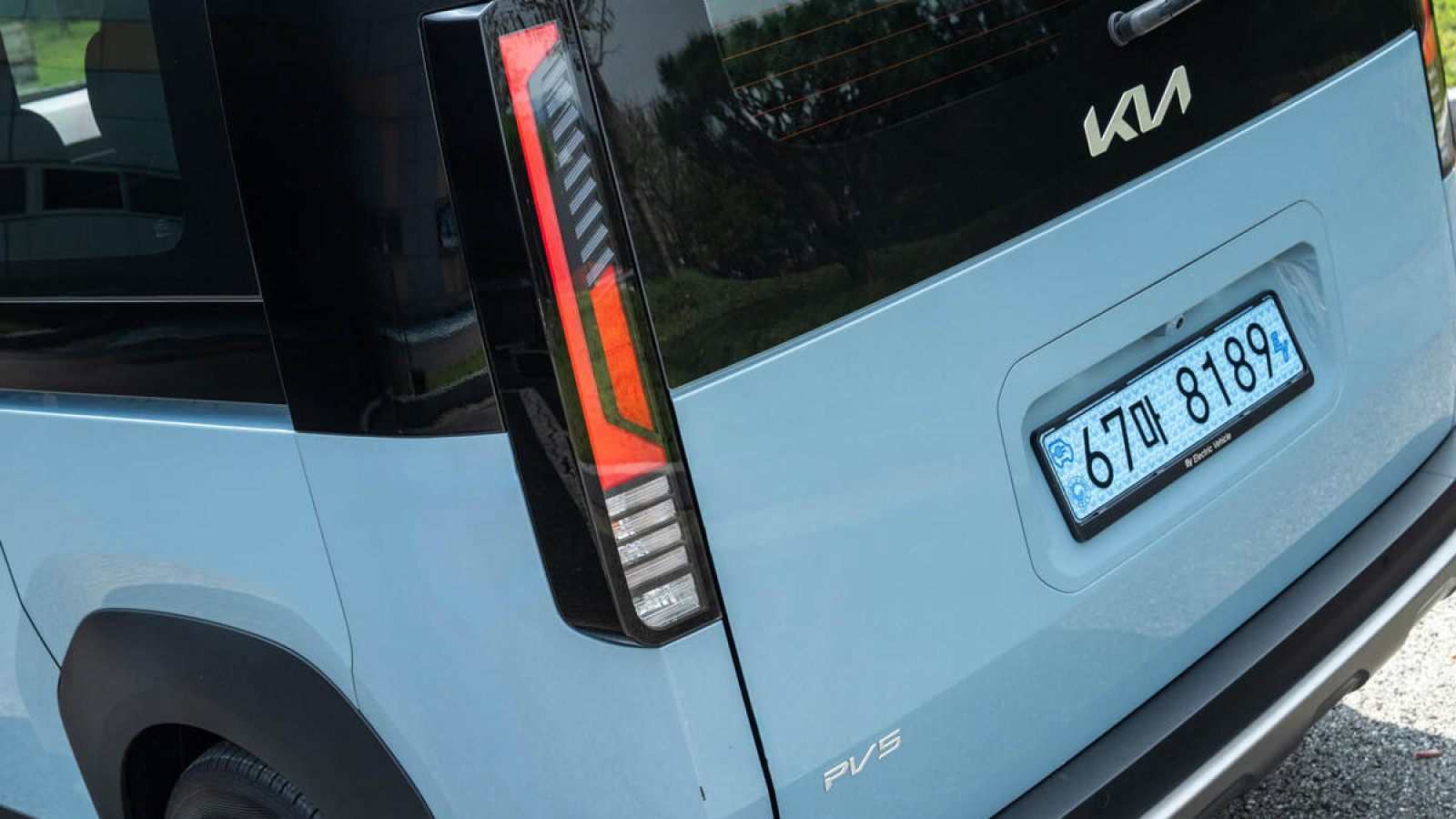 © Kia
© Kia -
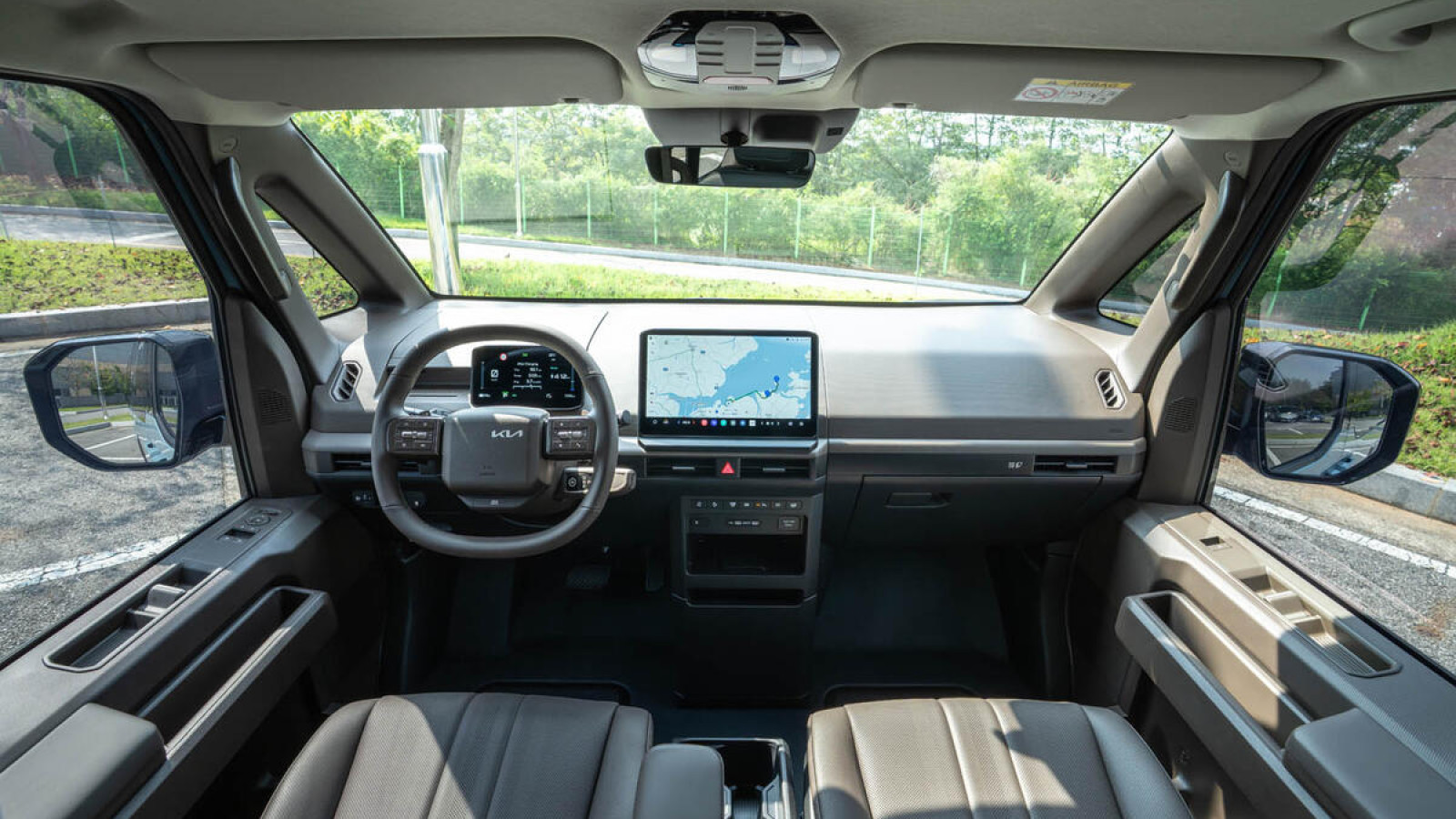 © Kia
© Kia -
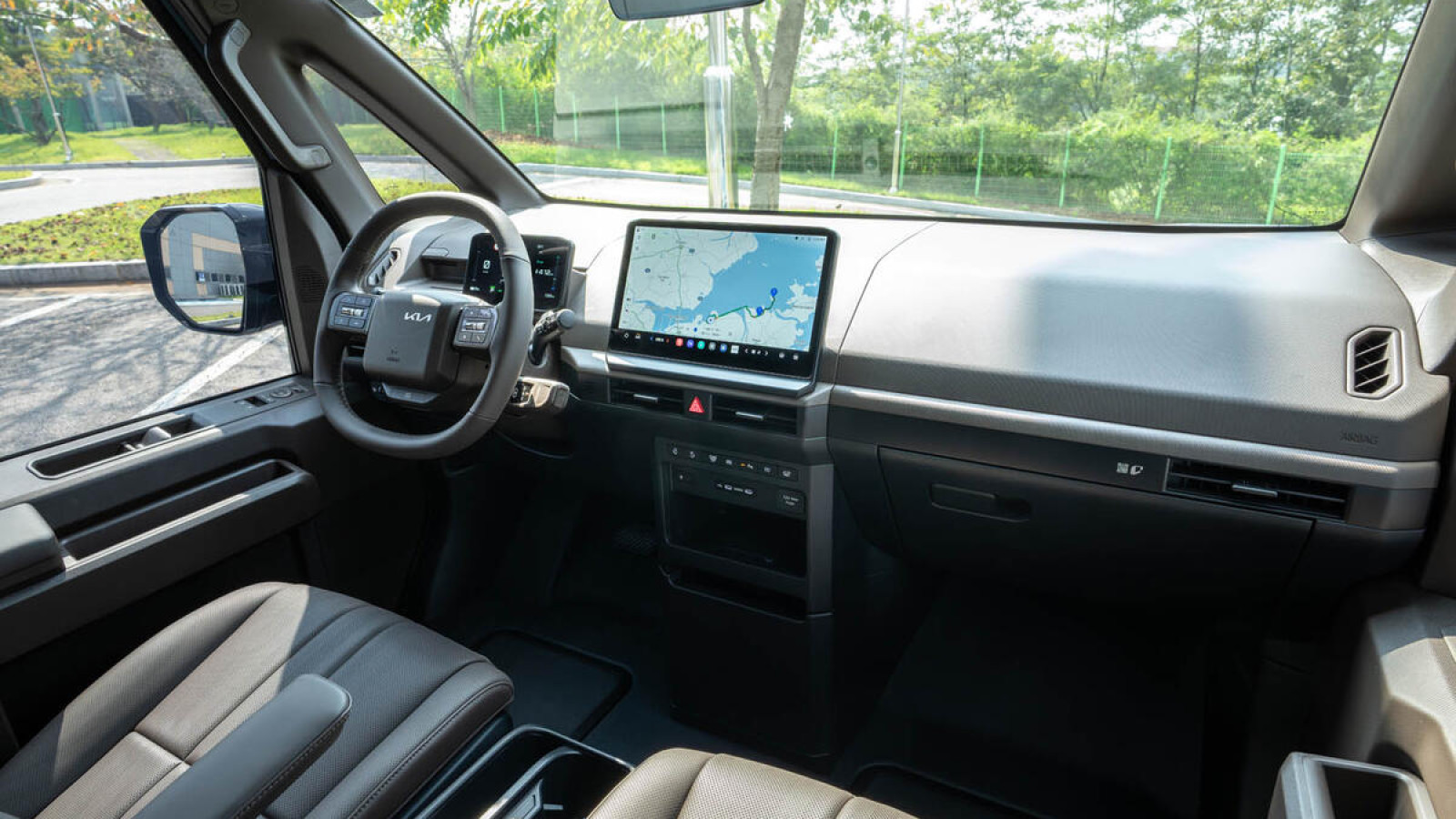 © Kia
© Kia -
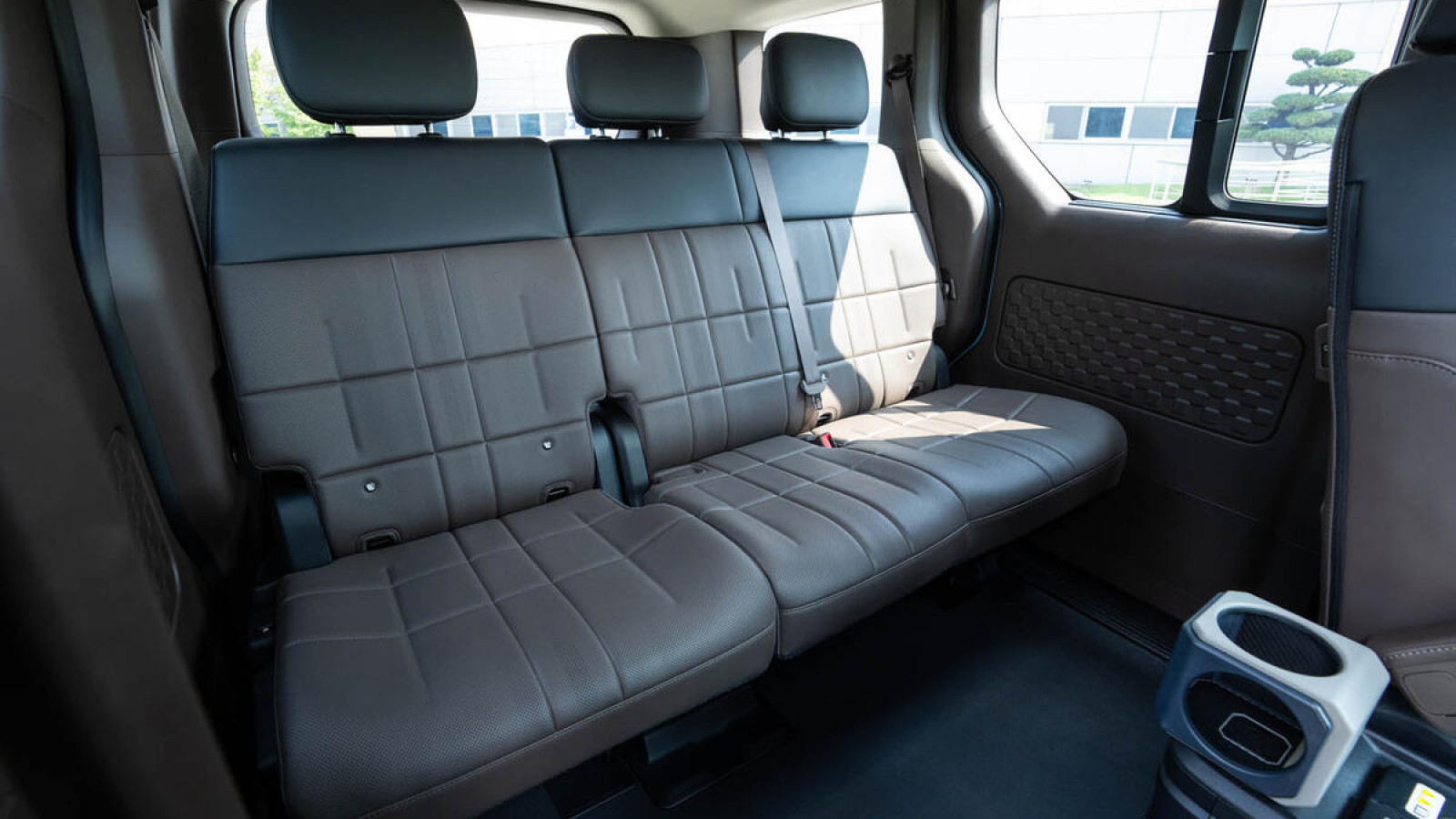 © Kia
© Kia -
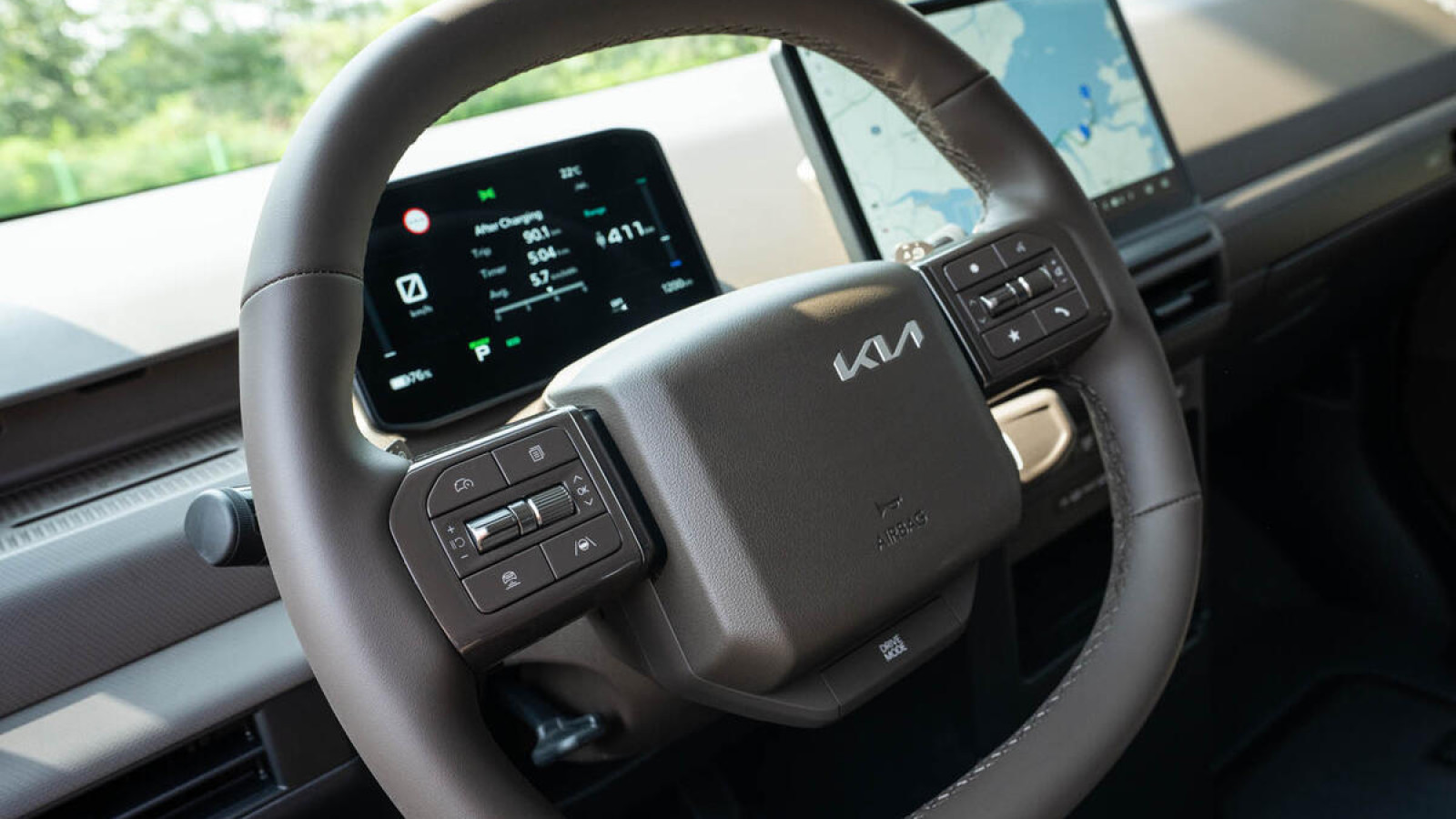 © Kia
© Kia -
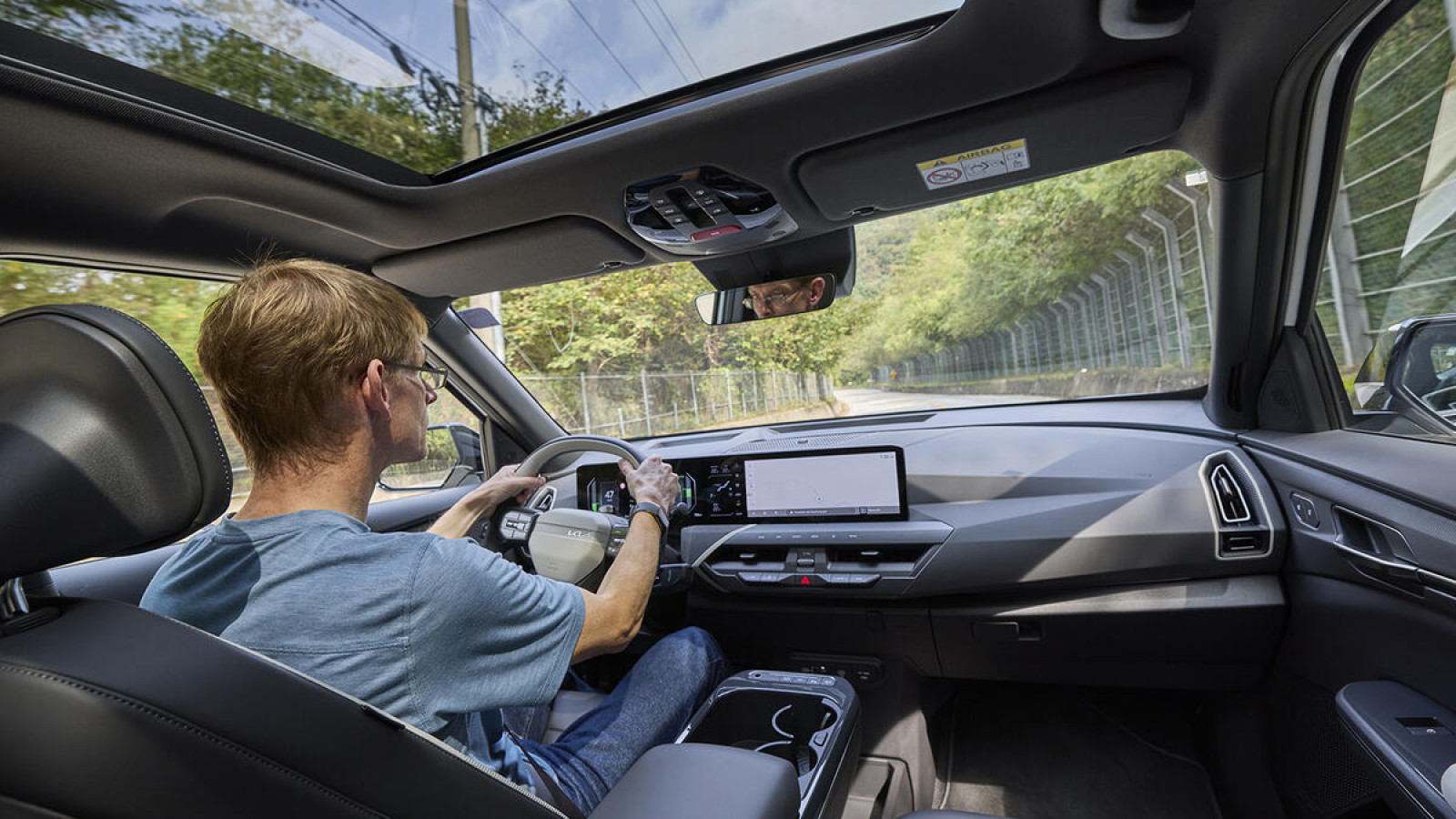 © Kia
© Kia -
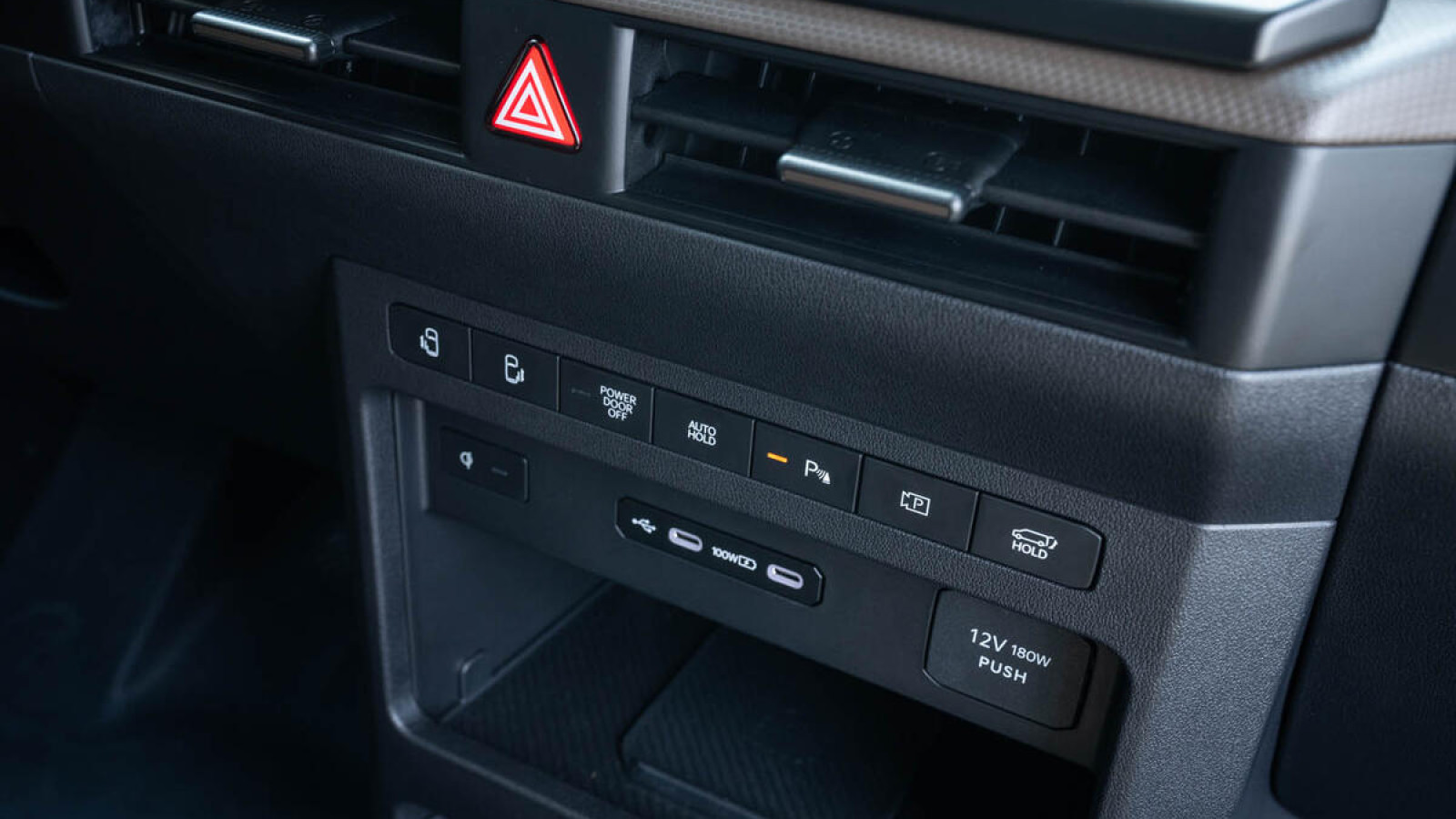 © Kia
© Kia -
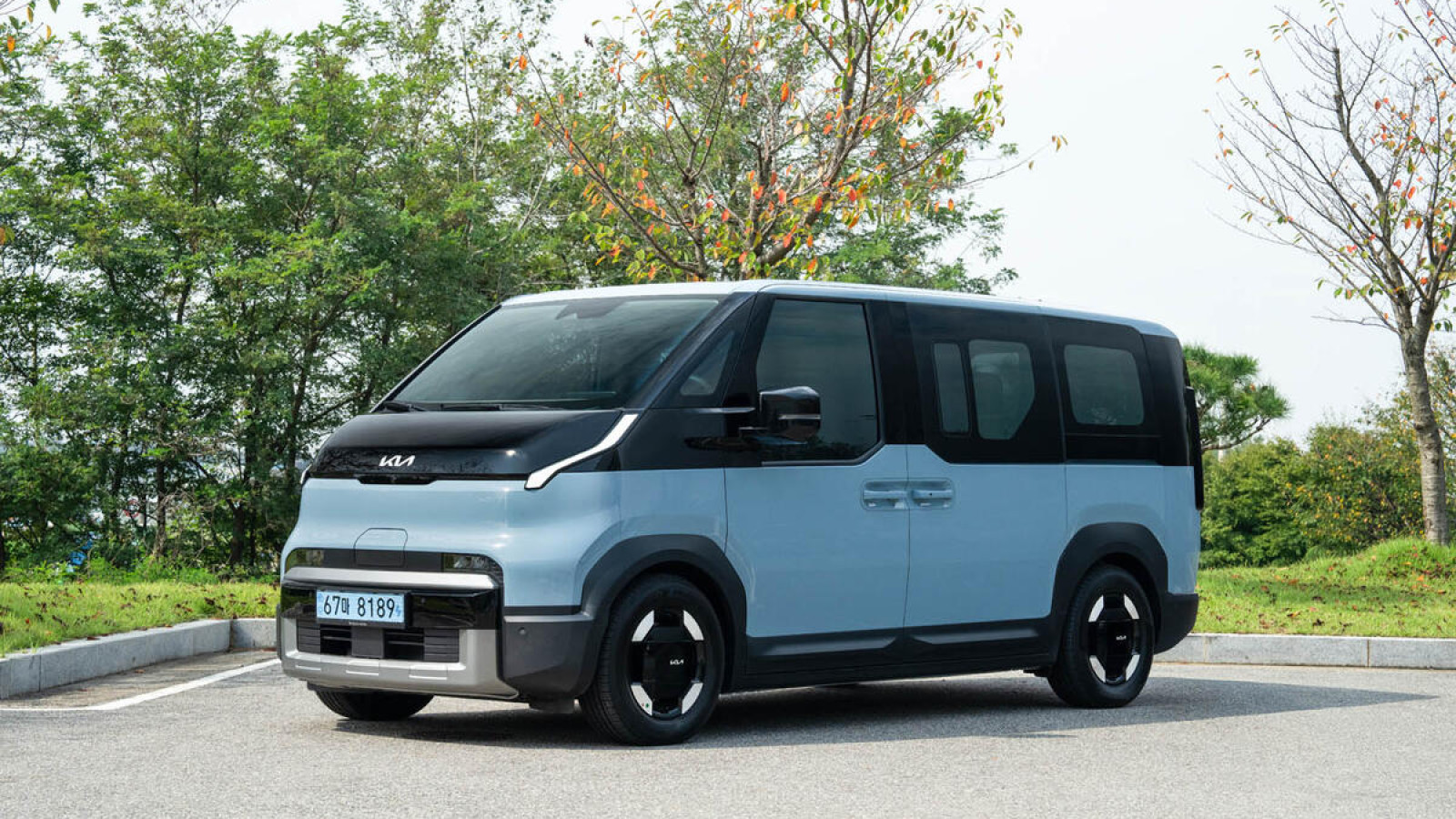 © Kia
© Kia -
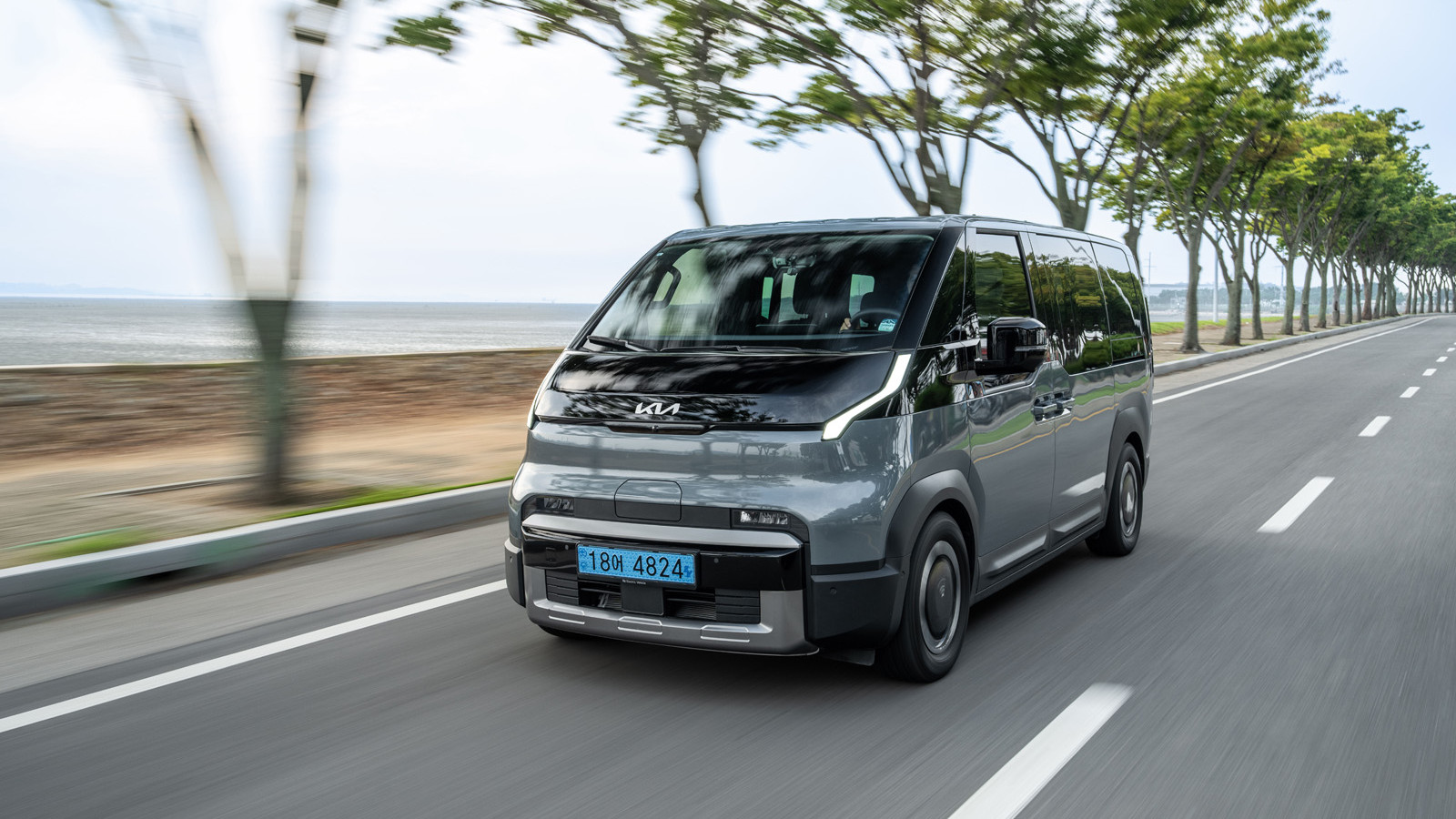 © Kia
© Kia -
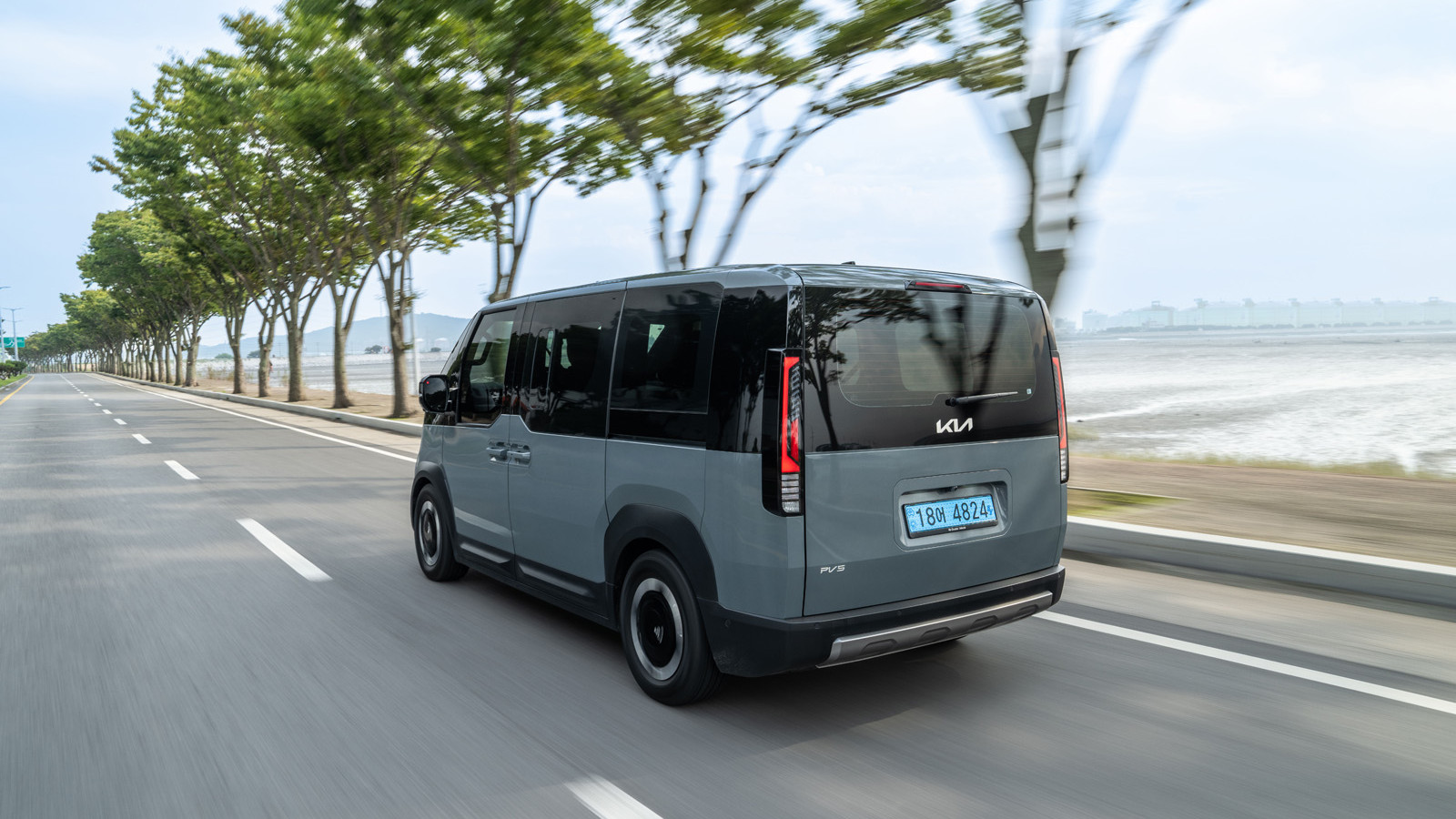 © Kia
© Kia -
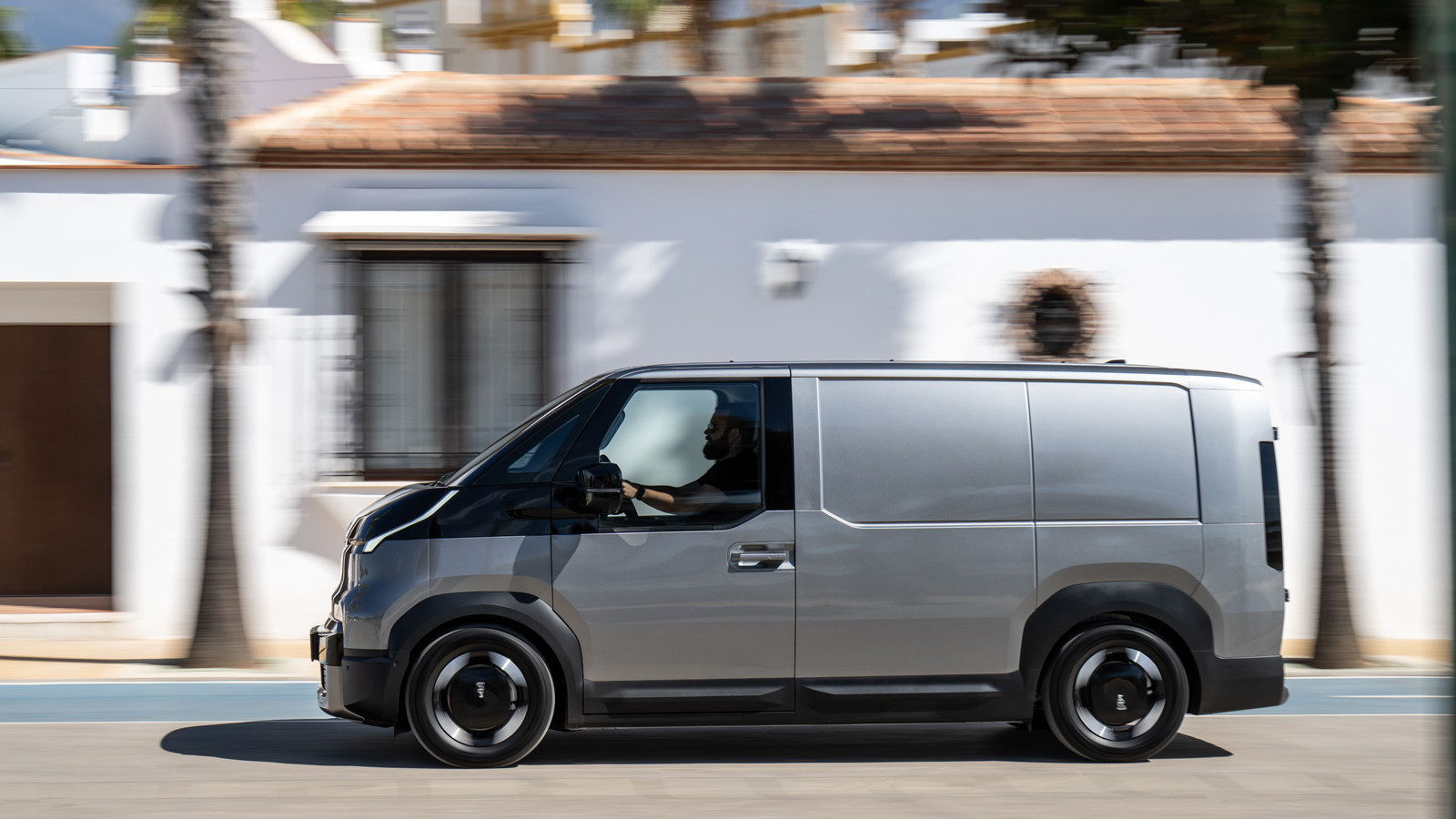 ©
© -
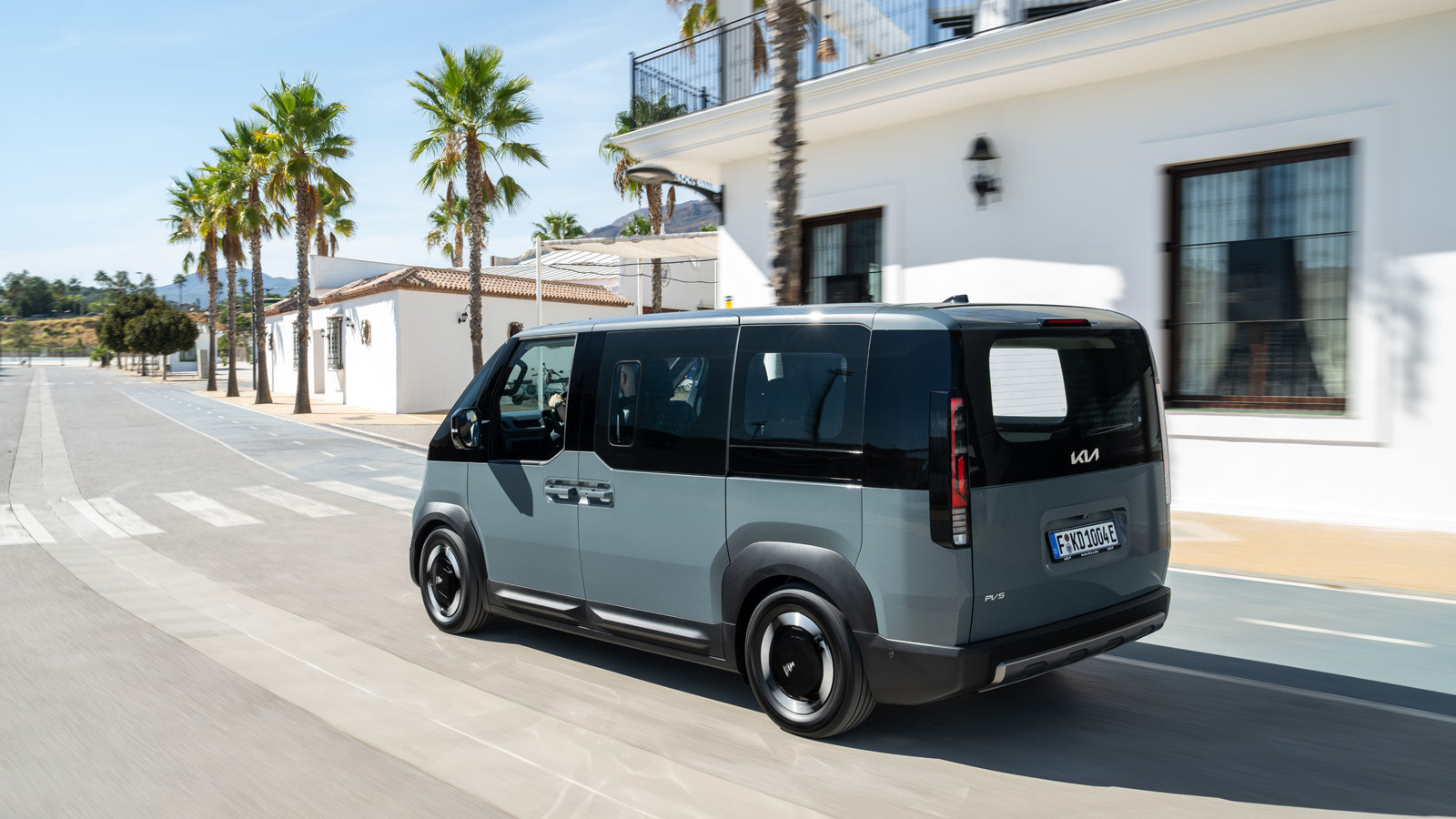 © Kia
© Kia -
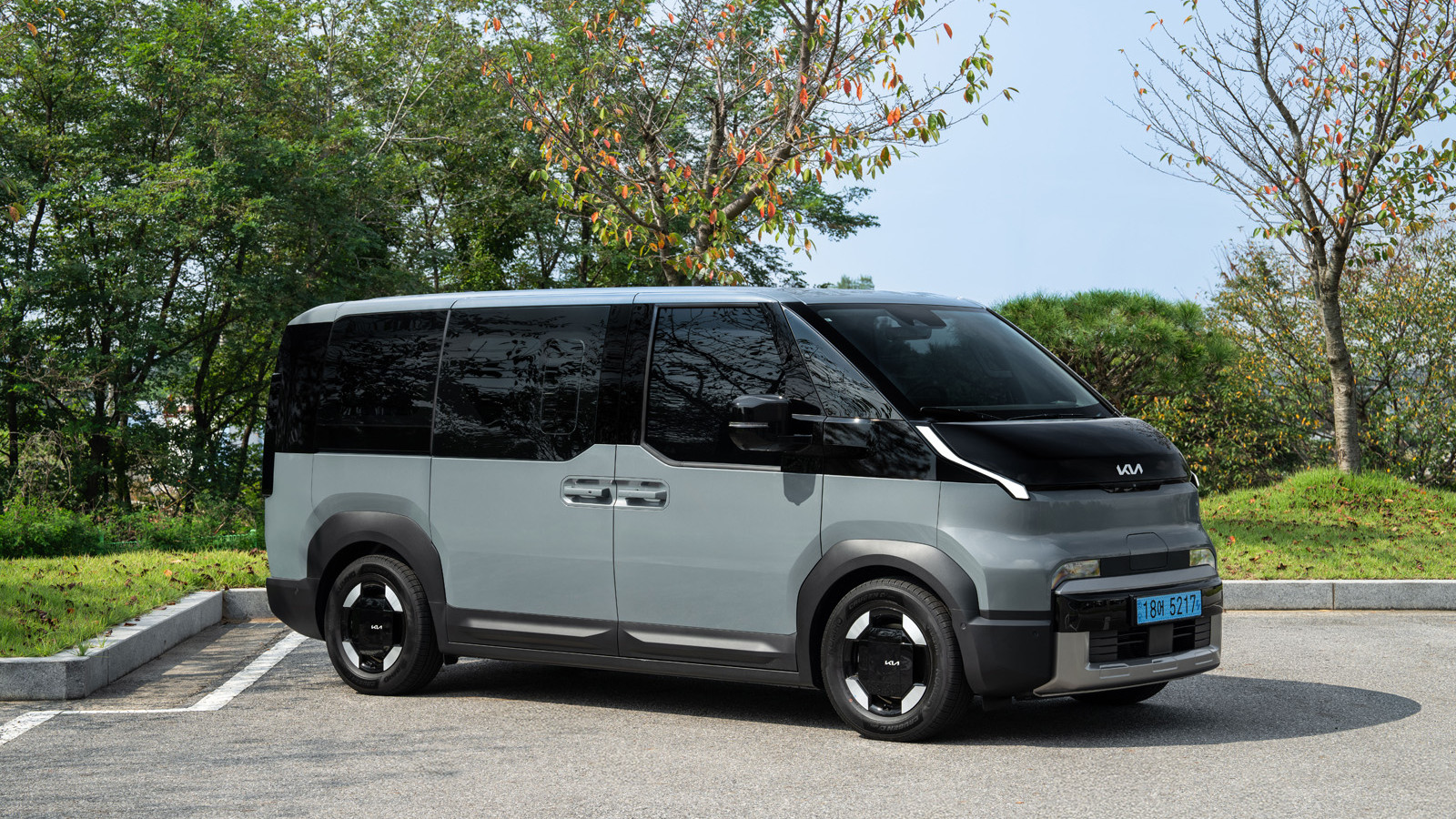 © Kia
© Kia -
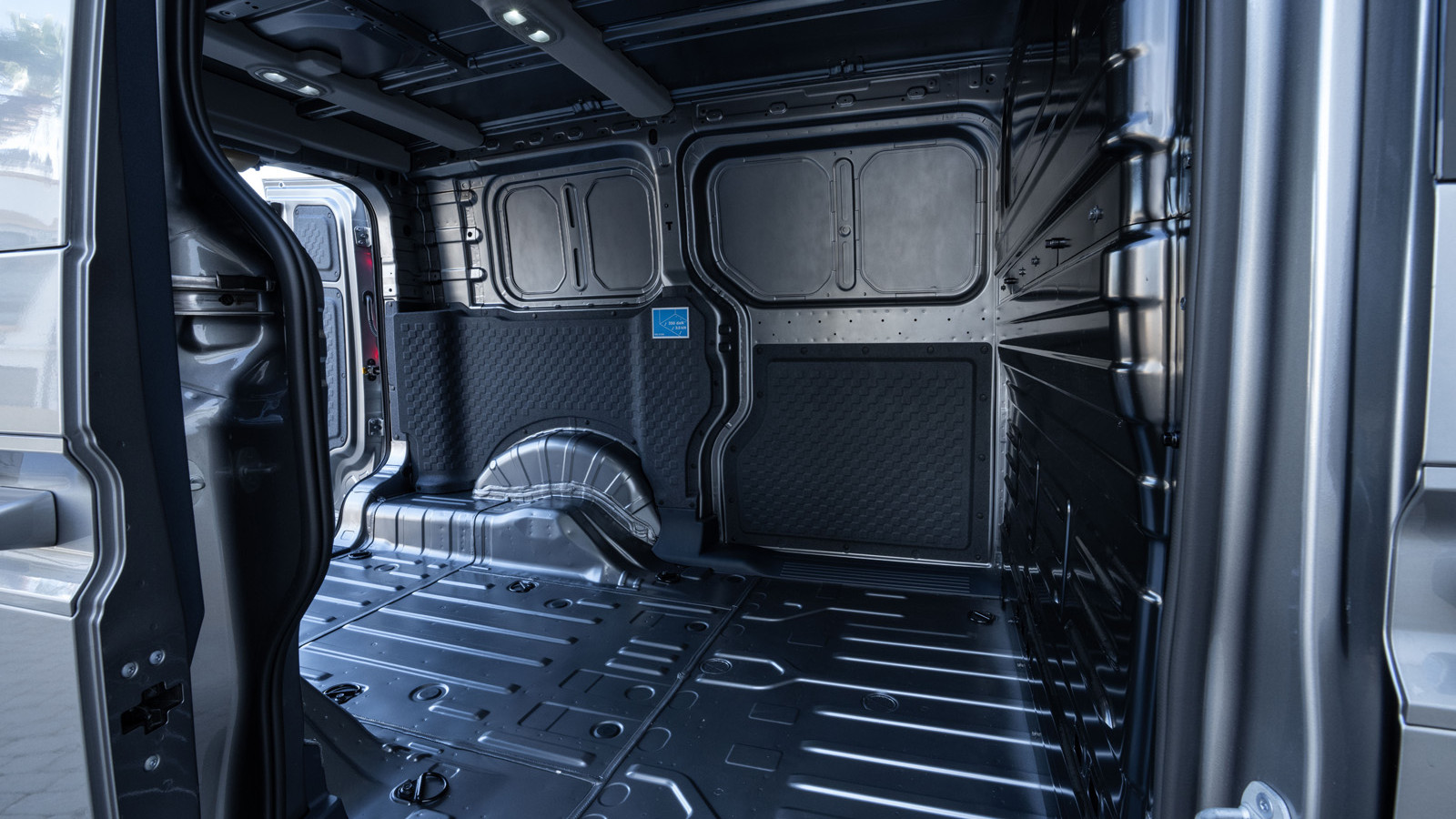 © Kia
© Kia -
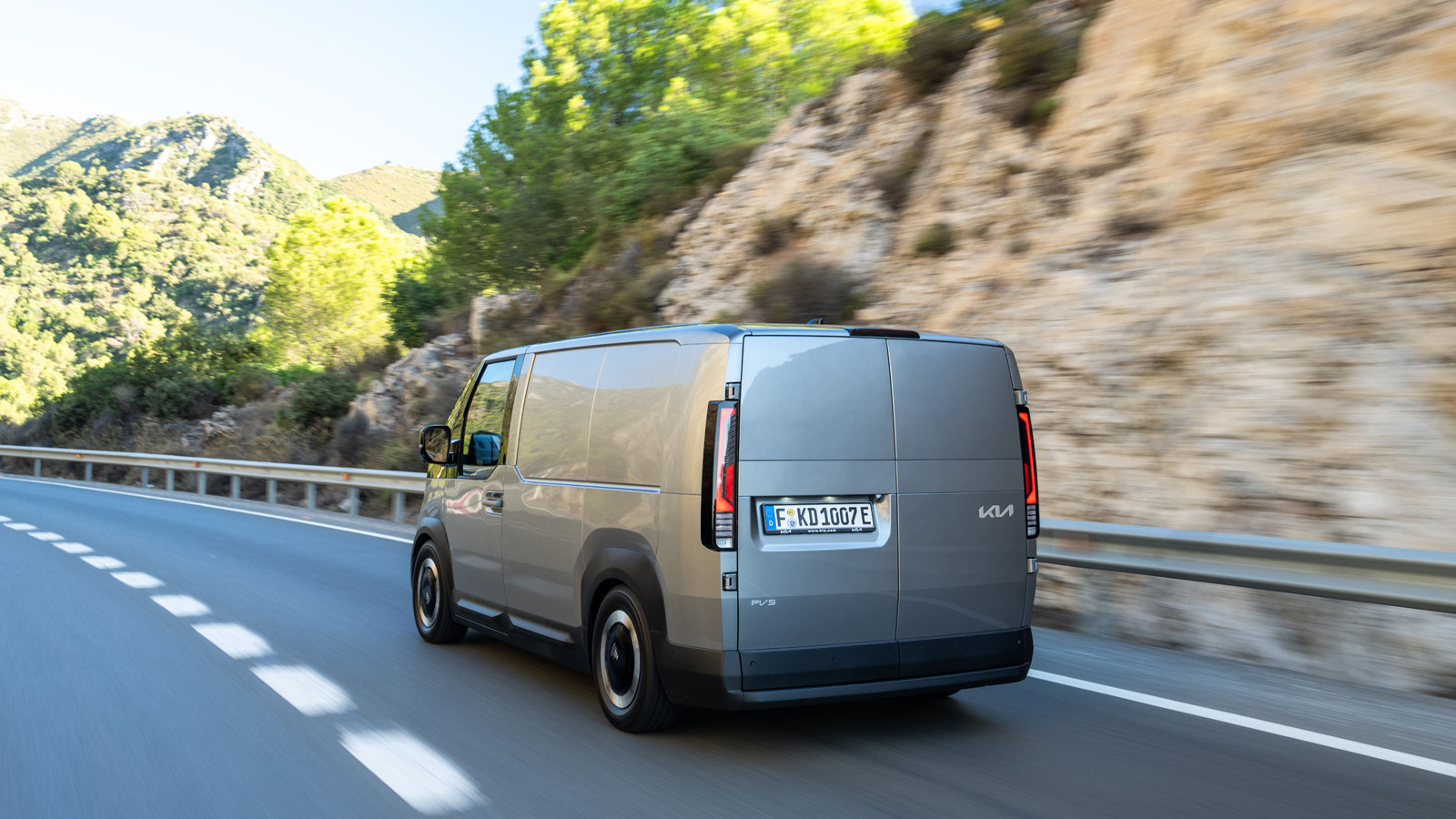 © Kia
© Kia
-
As the number of electric cars on the road increases, so does the number of available body styles and vehicle sizes.
To cater to the demand from customers, the majority of electric cars are SUVs, but there’s a segment which is also seeing significant growth, and it’s one of the most important for people carrying and moving cargo.
The Kia PV5 is the latest entrant into the electric van market - and we’ve been given a taste of what it’s like to drive. Want to know more? Read on…
-
The new Kia PV5 is a hugely significant machine. That’s saying quite a lot for something that is essentially a van.
-
Kia prefers the term Platform Beyond Vehicle (PBV) for its new range of electric light commercial vehicles (LCVs). The PV5 is the inaugural model, with the larger PV7 and PV9 slated for release in 2027 and 2029, respectively, and further additions planned
-
The Korean carmaker is targeting 250,000 PBV sales globally by 2030. Given Kia’s growth in recent years, don’t bet against that happening. It will initially be available in two variants: a Cargo van and a Passenger MPV.
A Chassis version, allowing for various rear compartment configurations, will be introduced later, along with additional options for both initial variants. Future plans also include a High Roof version and variants of different lengths.
-
The PV5 sits on the new E-GMP.S (Electric Global Modular Platform for Service) platform, a commercial vehicle-focused variant of the electric architecture that underpins Kia’s EV and Hyundai’s Ioniq model ranges.
-
The PV5 Passenger is slightly shorter than the Volkswagen ID Buzz or the Citroën e-Spacetourer. As the only other bespoke electric van-based MPV on the market, the ID Buzz is the obvious rival; however, the Kia is focused on futurism, while the ID Buzz majors on a more retro design.
-
All versions of the PV5 get a single, front-mounted electric motor with differing power outputs. Standard Range models produce 120bhp and 184lb ft of torque, using a 51.5kWh battery for a range of 294km (183 miles).
-
Long Range versions can travel 411km (256 miles) using a 71.2kWh battery, with power boosted to 160bhp (torque is unchanged). That range is competitive for an e-LCV, but private buyers might expect more. Both batteries can be charged at speeds of up to 150kW.
-
The charging port's central location on the bonnet allows for clear access to all doors while charging. However, this positioning might prove inconvenient when backing out of confined charging spaces.
-
Initially, the Passenger will be available with five seats, with six- and seven-seat configurations and a wheelchair-accessible version slated for release next year. Kia highlights the convenient 399mm step-in height, facilitating easy access to the rear via sliding doors.
The Cargo is offered with three doors as standard, featuring a sliding side door on the vehicle’s nearside and a 'barn door' boot. An extra sliding door on the other side can be added as an option. In some markets, the Cargo will be offered with a smaller 43.3kWh lithium-iron-phosphate (LFP) battery.
-
The PV5’s interior is huge, with impressive legroom in both rows. Even with all the seats up in their normal position, the boot is still 1311mm long, with a capacity of 1330 litres. Fold down the rear seats and the capacity is 3615 litres.
-
Up front, the dashboard is reminiscent of Kia’s cars, with a 7.0in digital instrument display and a 12.9in infotainment touchscreen. The latter uses bespoke Android Automotive-based software that's simple to use.
-
The dashboard features a 7.0-inch digital instrument display and a 12.9-inch infotainment touchscreen, similar to those found in Kia‘s regular passenger cars.
The infotainment system runs on custom Android Automotive-based software, so it’s quite user-friendly and easy to navigate. That said, we’d like more physical buttons for some specific functions. Some, like the heating controls, are found in the touchscreen, which is annoying to use.
-
The PV5 Cargo by Kia offers a substantial 5.1m3 cargo capacity in its L2/H2 configuration. This provides a significant 1.5m3 more space compared to the longer ID Buzz Cargo. Additionally, it features a convenient low loading lip of 419mm and a side-loading height of 399mm.
-
Despite being developed as a commercial vehicle, the PV5 offers a very agreeable driving experience in both its Cargo and Passenger forms, prioritising productivity over outright performance. The electric motor delivers power smoothly, and even though it's not overflowing with power, the Long Range variant (as tested), with its higher 160bhp output, manages the PV5 Passenger's 2070kg kerb weight effectively.
-
The PV5 handles with a maturity and poise often absent in vans, a clear indication of its car-derived platform. Its minimal overhangs aid in easy placement, and the steering is light, though not particularly engaging. However, when pushed through bends, the PV5's substantial size becomes apparent.
-
While it can be somewhat bumpy and jostling over uneven surfaces, the ride quality surpasses that of many van-based MPVs. Furthermore, with 16-inch wheels, it offers remarkable refinement, providing a hushed and relaxed experience with minimal noise, despite some limitations in cabin isolation.
-
The electric motor operates quietly, and the cabin generally maintains a calm atmosphere. While the isolation may not be as refined as a dedicated passenger vehicle, it is entirely satisfactory. When empty, the PV5 Cargo offers a ride quality nearly identical to the PV5 Passenger, suggesting it will be a comfortable vehicle for drivers who spend long hours in it daily.
-
The starting price is a major draw: Standard Range models begin at £32,995 (€38,000 / $41,000), while Long Range versions are £35,995 (€41,500 / $45,000). This makes it approximately £10,000 (€11,414 / $13,400) cheaper than the comparable ID Buzz and more affordable than many smaller EVs. It offers exceptional value, providing significant electric vehicle capacity for the price.
-
Commercial vehicles, like the PV5, are typically designed as utilitarian tools, and the necessary compromises can sometimes be apparent in their passenger versions.
Nevertheless, the PV5 Passenger possesses an inherent likability. It thoroughly fulfils its practical purpose through clever design and a focus on simplicity.
Its charm is akin to that of its closest competitor, the ID Buzz. However, while the VW evokes emotion with its retro styling, the Kia succeeds simply by being honest, straightforward, and pleasant.
Furthermore, it offers exceptional value. Its competitive price helps to offset some of the compromises in its ride quality and overall refinement.

